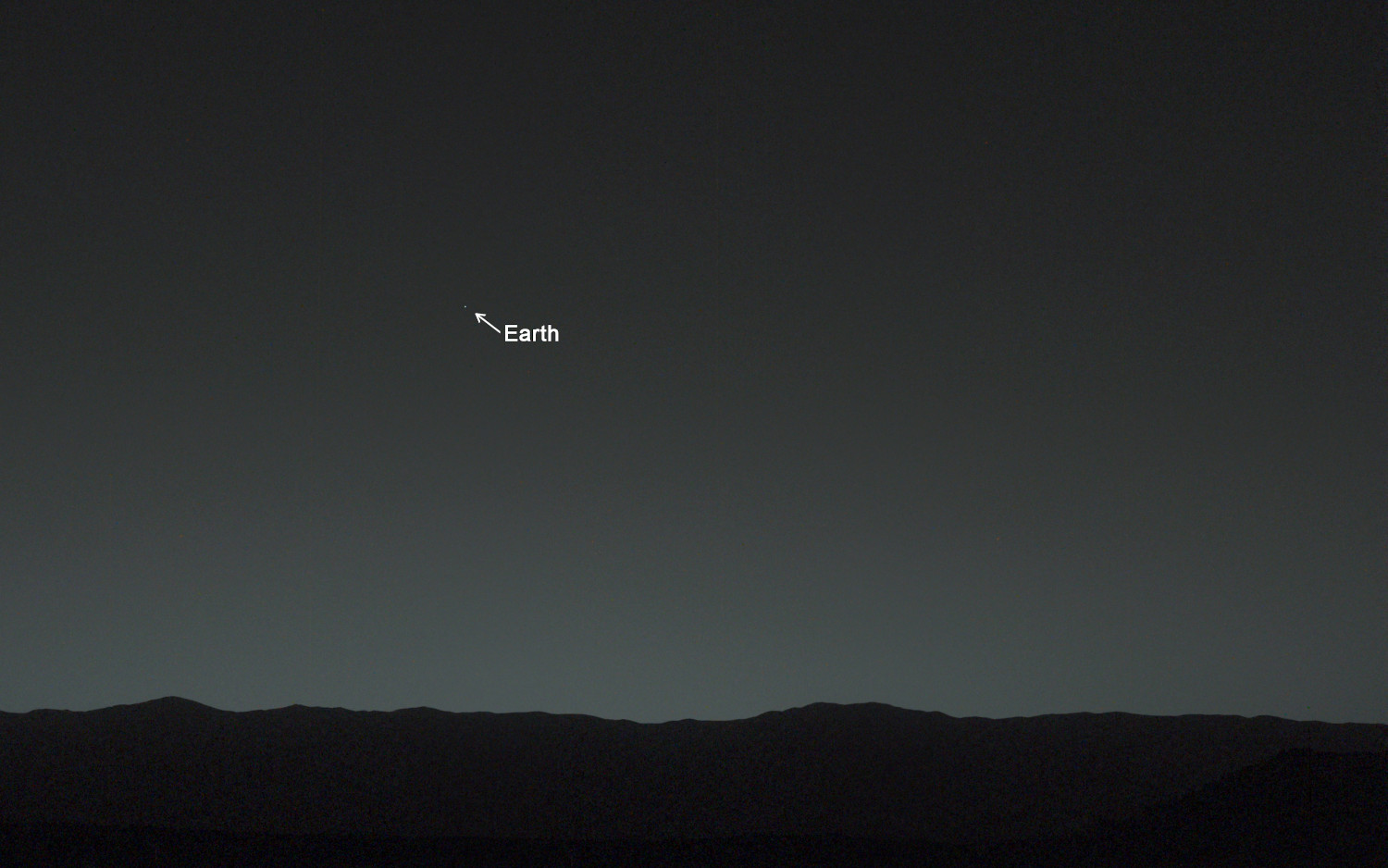
Earth Day


Book Series

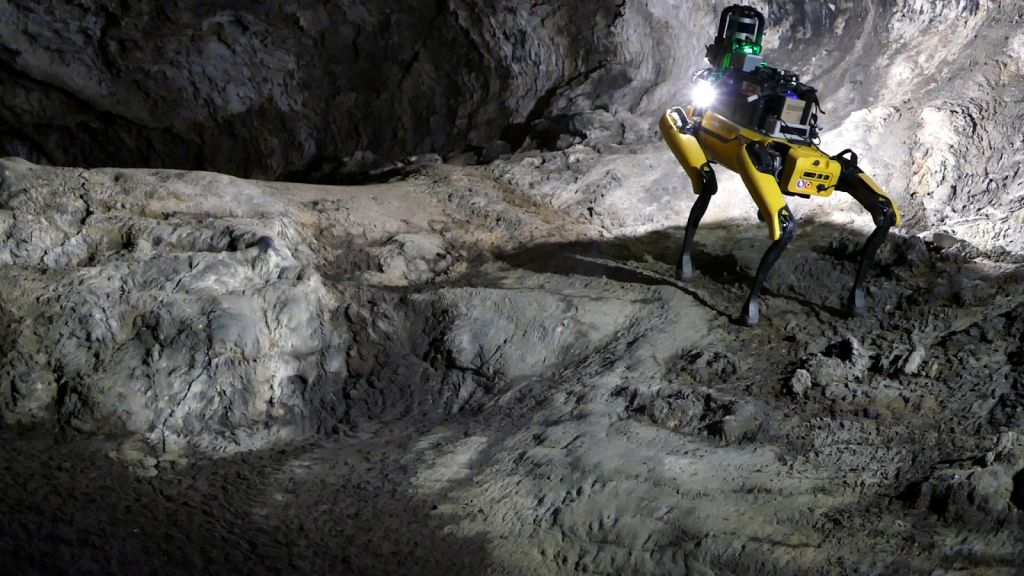
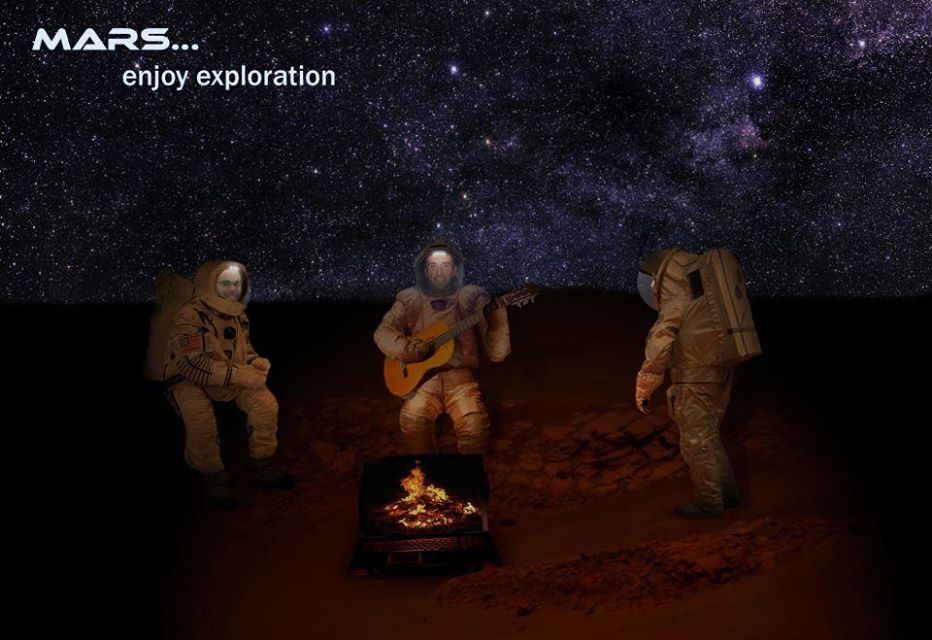
Day job interference today.

Today’s word count: a very shaky 561 words
Bogged down in technical research today. Anyone out there have knowledge of regenerative CO2 scrubbers? In particular, I’m looking for advise on the lengths of the adsorbtion and desorbtion cycles.
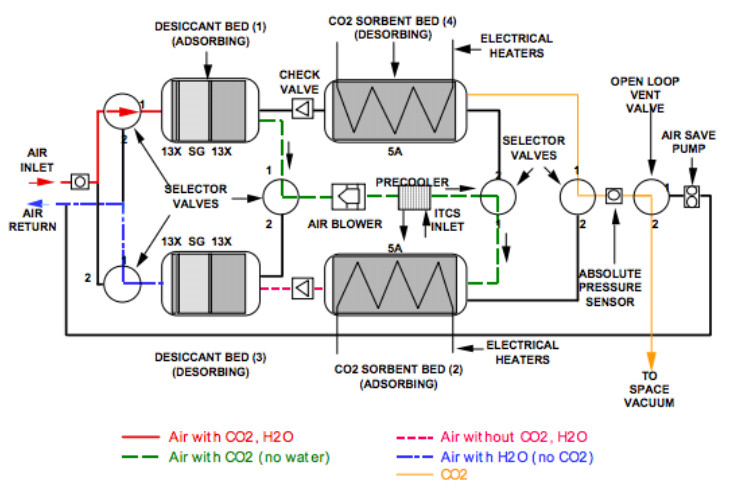
Today’s word count: 336
image: NASA, from https://www.nasa.gov/sites/default/files/files/Gellett_SolidStateAirPurification.pdf

High tech stuff today. This one will need further research to nail down the science.
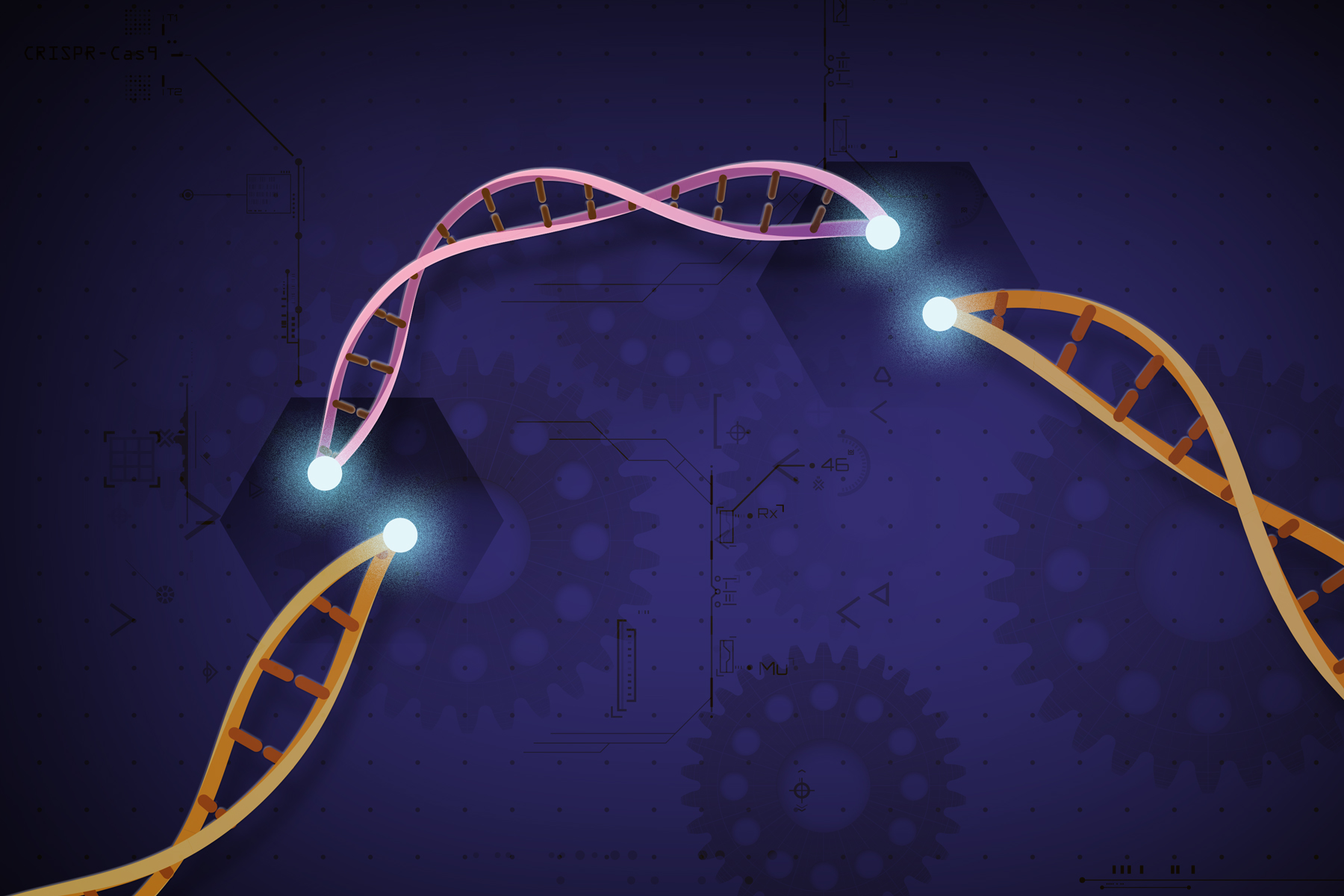
Today’s word count: 854
image: Ernesto del Aguila III, National Human Genome Research Institute, NIH
The third book is well under way, and it’s proving to be more ambitious than the first two. I tend to avoid outlining, preferring to let things shape up organically. But there is just too much going on in this one to not have some sort of road map. Ha ha, see what I did there? Of course you don’t, because you have no idea what the story is. But I did something.

I’ve always preferred to write privately and keep the curtain closed. But I’m going to open it a crack this time, as I go along, to help me stay on mission.
However, time spent writing here is time not writing there. So the crack will reveal only this: each day’s word count. These are rough draft numbers. Bulk production is the name of the game at this stage. Finesse comes later.
As of yesterday evening, I had 8366 words.
Today’s word count: 782.
The surface of Mars has the biggest volcanic mountains and deepest canyons in the solar system. There are the remains of water features everywhere, both tiny and vast, yet water hasn’t flowed on the surface for over three billion years. The whole planet is red because it’s rusty. Actually, it’s not really red—more of a brownish orange with blacks and greys and whites mixed in. But someone long ago called it “the red planet”, and the name stuck. A day on Mars is about 40 minutes longer than a day on Earth and is called a sol. The sunsets are upside down from those of Earth: shades of blue layering out from the Sun, diffusing into yellows and pinks and oranges above. Mars has two moons that move in opposite directions across the sky. There is very little atmosphere, and what there is consists mostly of carbon dioxide, the same gas that we exhale here on Earth. The wind blows hard at times, yet the atmosphere is so thin that you might barely notice it. Such winds can lift dust from the surface though, sometimes creating massive dust storms that blow for days. Occasionally, one of these storms will grow to cover the entire planet.
Which is all to say that it’s a weird place.

Air: Generation Mars, Book One
Available now: https://www.amazon.com/Air-Generation-Mars…/dp/1733731024
(image: composite logo with Luis Peres)